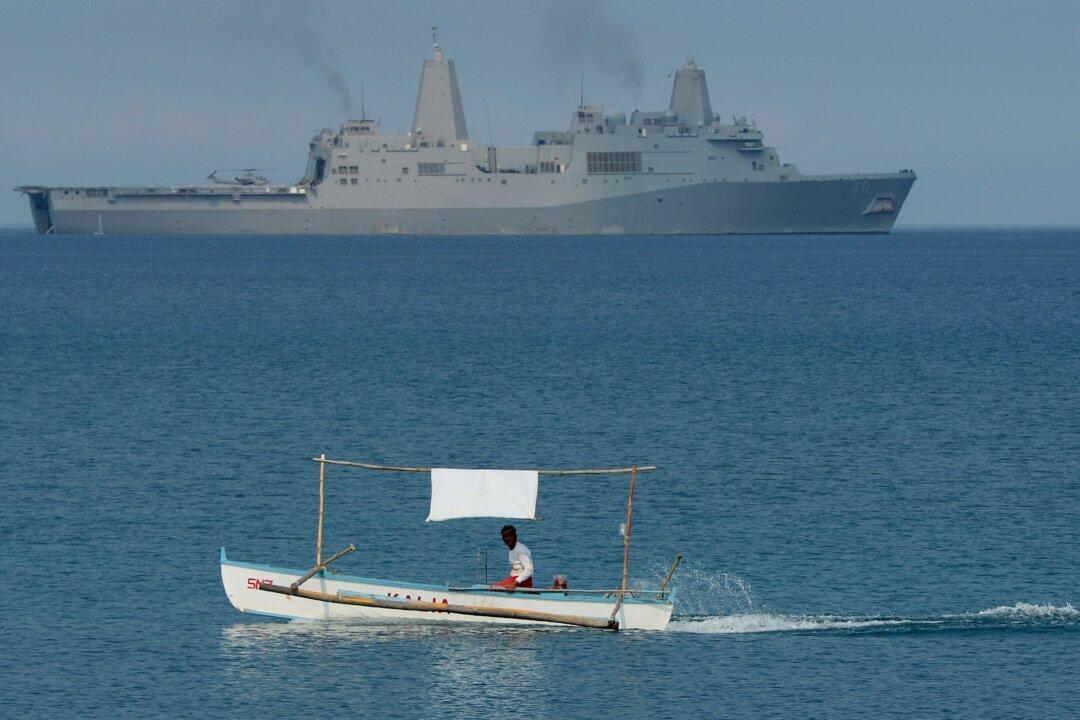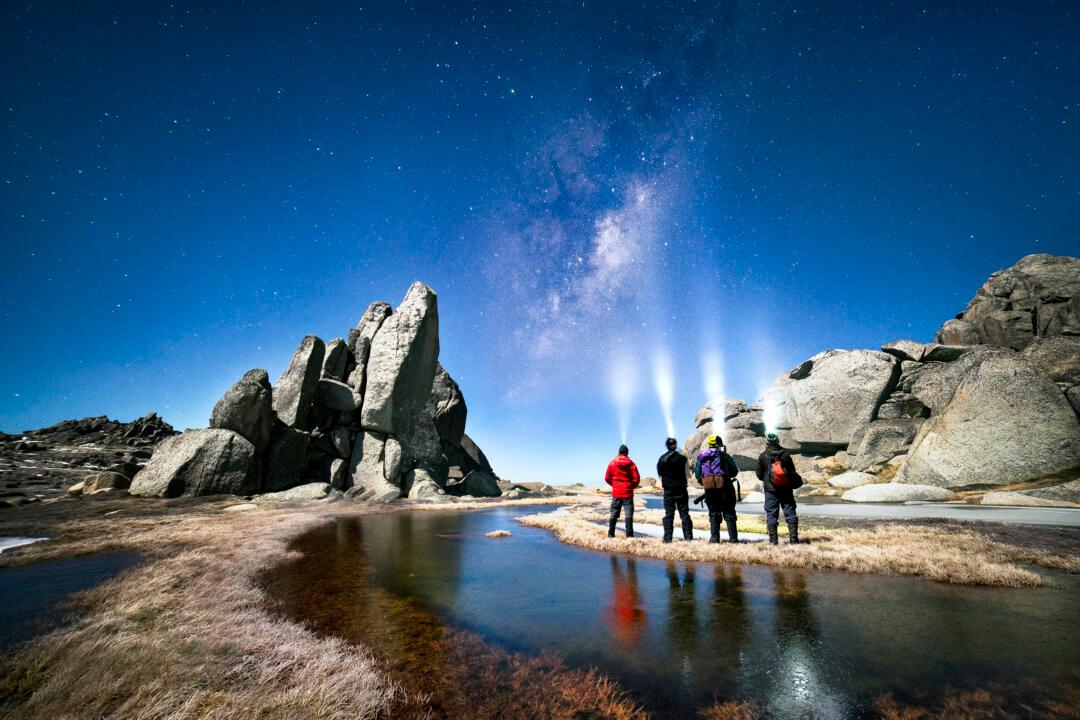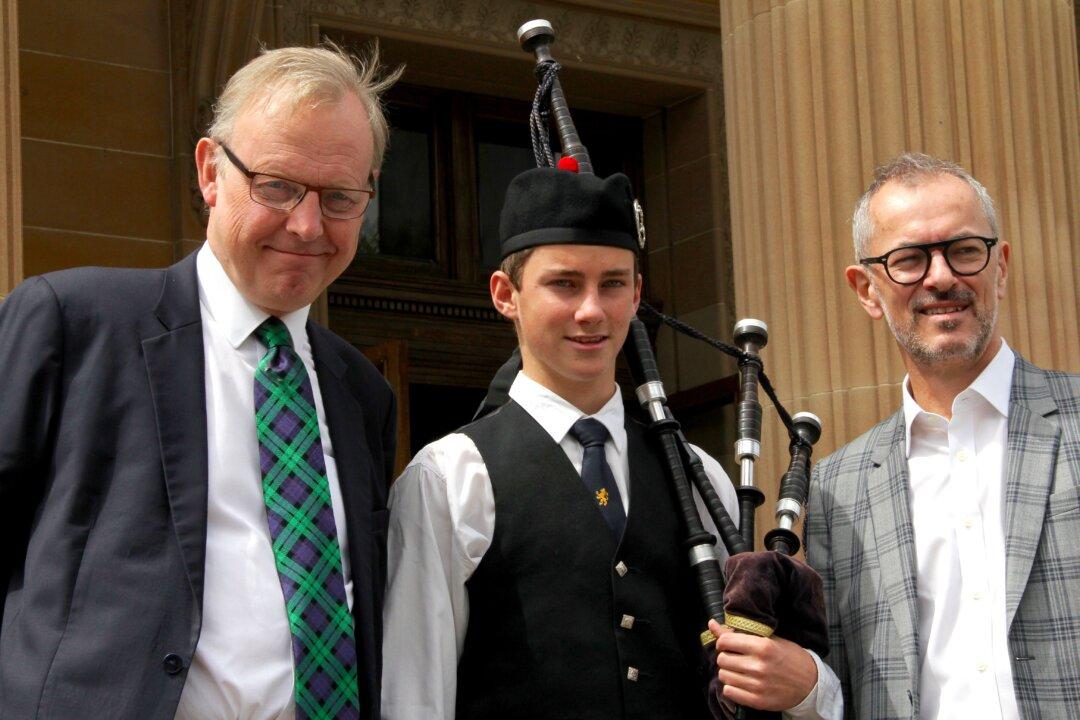After spending 12 hours huddled in the concrete bunker she never expected to use, Port Vila resident Samantha Johnson said she felt lucky to be alive after Category Five Cyclone Pam tore through the tiny South Pacific nation Vanuatu, Friday March 13.
“Abject terror” kept her and her family awake all night as they heard the destruction occurring outside.
“You couldn’t hear yourself talk, it was just a constant screaming,” she said in a phone interview from Port Vila, the capital.
When her family eventually surfaced around 4am they found the neighbour’s roof sprawled across their driveway and a scene that could have been from a disaster film.
“The devastation in Port Vila itself is just indescribable,” Ms Johnson said.
As far as the eye could see, power lines were down and the normally lush tropical vegetation was stripped bare.




